Workzone has long been a respected project-management system, yet its interface feels dated and subscription costs have risen sharply. Teams that need flexibility, modern UX, and transparent pricing now look elsewhere. In this guide we explore ten services that can replace Workzone, comparing strengths, prices, features, and the kinds of teams they best serve. Our headline act is Worksection — a platform offering a full toolset on every plan and a refreshingly clear price model.
Why Do Users Look for Workzone Alternatives?
Several factors drive managers to switch. Workzone’s interface was designed more than a decade ago, updated only in patches, and now feels cluttered. Training new staff takes time, and complex integrations often require outside specialists. As a result, rollout drags on while license fees strain the budget — especially in large departments.
Another common complaint is limited visual flexibility. The Kanban board is basic, automation options are narrow, and advanced reporting lives behind higher-tier plans. Companies running agile processes or needing custom fields can find these gaps critical. Finally, a shortage of built-in templates and a small integration ecosystem push many teams toward more dynamic solutions.
Key Criteria for Choosing a Modern Project Platform
Before migrating, create a requirement checklist. Below are six factors companies weigh when picking an alternative task-management system.
- Simplicity and onboarding speed. New users should master the tool in hours, not weeks; faster adoption yields faster results.
- Visual boards and timelines. Kanban, calendar, and Gantt charts form the minimum set for seeing task status and deadlines at a glance.
- Flexible automation. Trigger rules, webhooks, and workflows remove routine steps, cut error risk, and speed delivery cycles.
- Robust reporting. Managers need workload, time, and budget dashboards without Excel gymnastics. Good systems ship ready-made widgets and exports.
- Collaboration and permissions. Fine-grained control over what clients, contractors, and internal teams view reduces leaks and boosts transparency.
- Fair pricing. “Locked” features that unlock only after an upgrade are a top irritant. Users value plans where the full toolkit is available up front.
Best Workzone Alternatives in 2025
Worksection
Worksection stands out by offering every core feature in every plan — no extra fee for Gantt or the time tracker. Projects run as lists, Kanban boards, or timelines, while a shared calendar keeps everyone on deadline. Each task stores files, checklists, and comments; the built-in timer logs hours right where work happens. Powerful permission layers let you invite clients yet hide internal threads. Plans start at 25 $ per month for ten seats, making Worksection a strong Workzone alternative for SMBs, agencies, and distributed teams.- Full toolset (Gantt, Kanban, calendar, reports, API) on every tier;
- Rapid onboarding — training rarely exceeds a single day;
- Time tracking inside each task with instant report access;
- Granular permissions for clients and contractors;
- Straightforward pricing — no hidden add-ons.

ClickUp
ClickUp calls itself an “all-in-one” workspace and largely delivers: lists, Kanban, time tracking, docs, mind maps, and automation reside in one account. Hundreds of templates speed adoption, yet the feature depth can overwhelm small teams, and several advanced tools sit behind the Business plan (12$ per user). Still, ClickUp remains a powerful Workzone replacement for flexible product and IT squads.
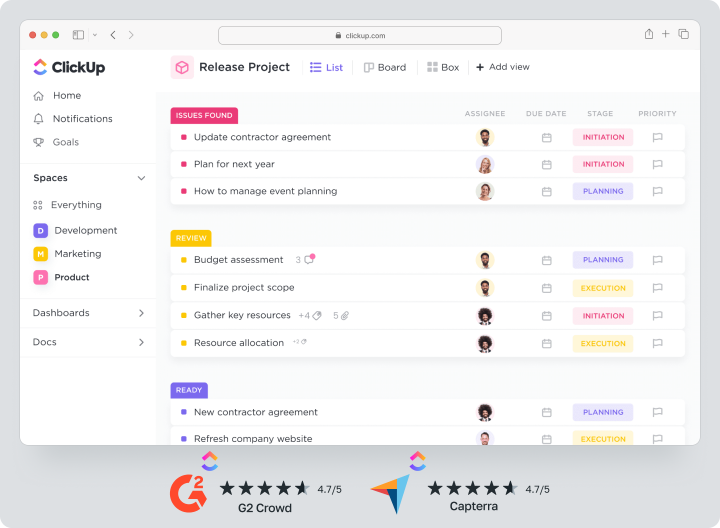
Asana
Asana bets on visual clarity. Tasks move through statuses, a timeline plans releases, and Slack or Google Drive integrations keep chatter in context. The free plan caps at 15 users, while Gantt-style views unlock only on Premium (10.99$ per user). For marketing or product departments that prize a clean UI, Asana is a worthy Workzone alternative.
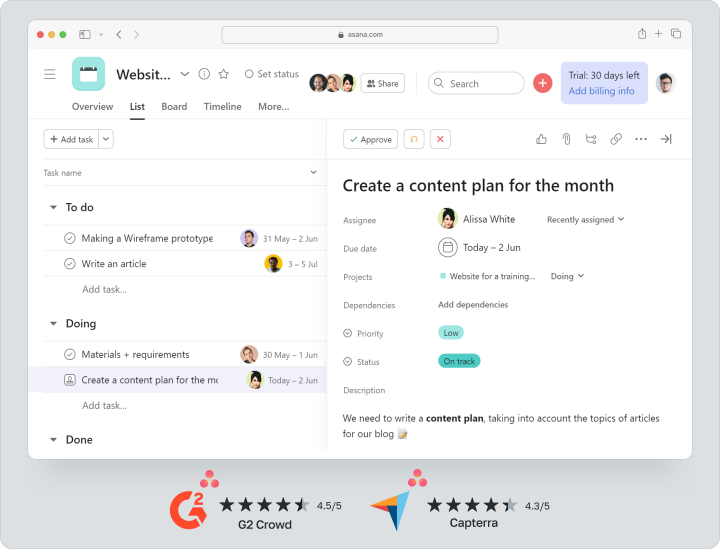
Trello
Trello is classic Kanban chosen for its minimalism and speed. Boards, cards, and checklists make sense instantly, and Power-Ups stretch Trello into a light CRM or task manager. The free tier limits Power-Ups, yet early-stage startups and small teams still see Trello as the lightest Workzone replacement — perfect when visual control is all that’s needed.
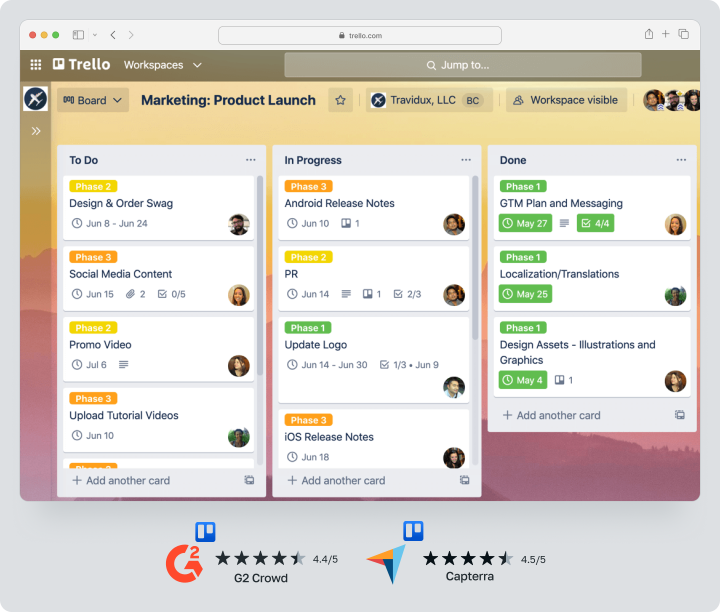
Wrike
Wrike targets large distributed organizations. Its strengths include reporting, intake forms, and deep automation. A menu-rich interface demands training. The Business tier (24.80$ per user) is most popular; the higher price buys portfolio management and detailed analytics. Where SLAs and complex approval chains matter, Wrike outperforms Workzone.
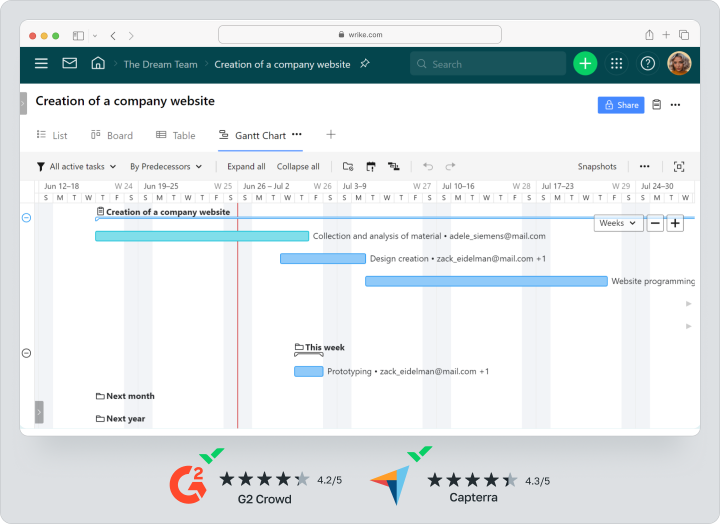
Basecamp
Basecamp lives by the “less is more” mantra. Chats, task lists, docs, and schedules unite in one space — minus heavy dependencies. For 15 $ per user monthly you get virtually everything. There’s no Gantt view, but onboarding is minimal; a manager can launch a project in five minutes. If you need a straightforward tool free of bloat, Basecamp is an easy Workzone swap.
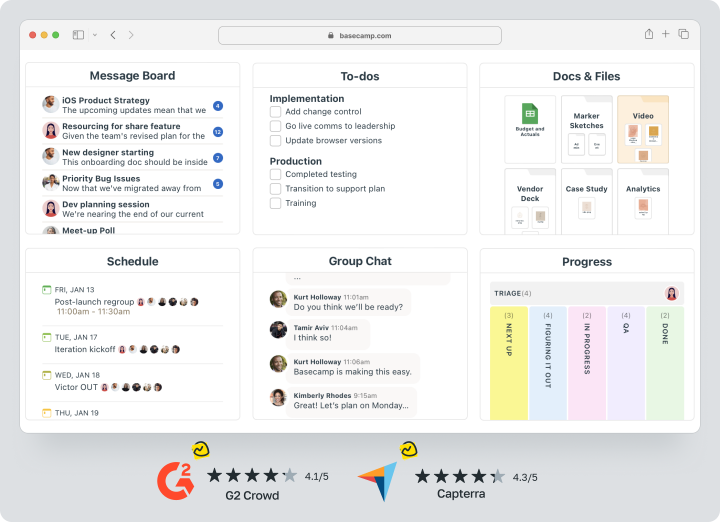
Monday.com
Monday.com focuses on visual boards and diverse data views. Spreadsheet-style tables spring to life as Kanban or calendars, and automation is built through an intuitive “if-then” designer. Pro plans start at 19 $ per seat, which may deter micro-businesses, yet creative teams gain exceptional process flexibility unattainable in Workzone.
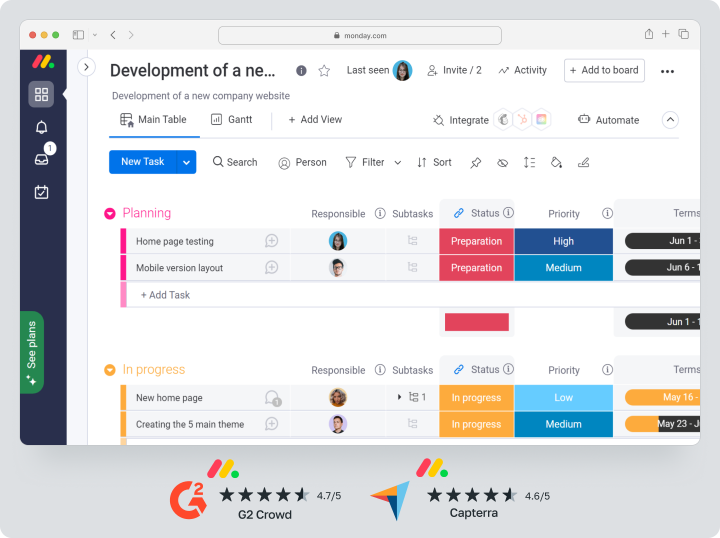
Smartsheet
For staff wedded to Excel, Smartsheet feels natural. A grid interface pairs with a solid Gantt chart and data-collection forms. Reporting and automation enable complex workflows, and licenses range from 9 $ to 25 $ per user, feature-dependent. Construction and engineering firms often find Smartsheet a sensible Workzone alternative.
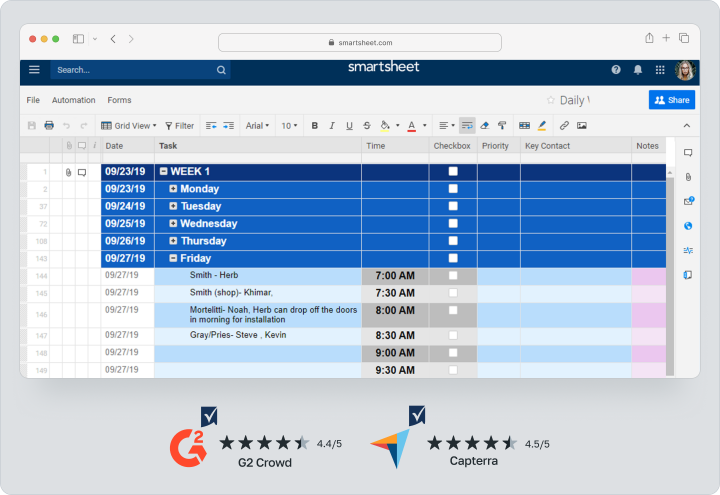
Notion
Notion merges tasks, documents, and a knowledge base in one area. Block-based flexibility demands initial setup time. A generous free plan exists; paid tiers begin at 10 $ per seat. Teams wanting content and tasks in one ecosystem get a capable — albeit more DIY — Workzone replacement.
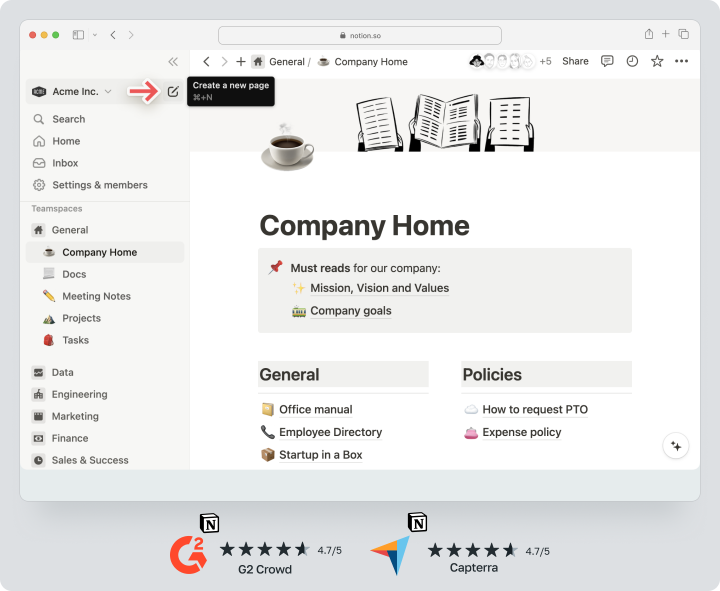
Teamwork
Teamwork grew around agencies: built-in billing, a time tracker, and profitability reports come standard. Permission sets and a client portal are ready out of the box. The Deliver plan costs 13.99 $ per user, but even the free tier offers Kanban and file storage. For agency project management, Teamwork often beats Workzone thanks to financial features.
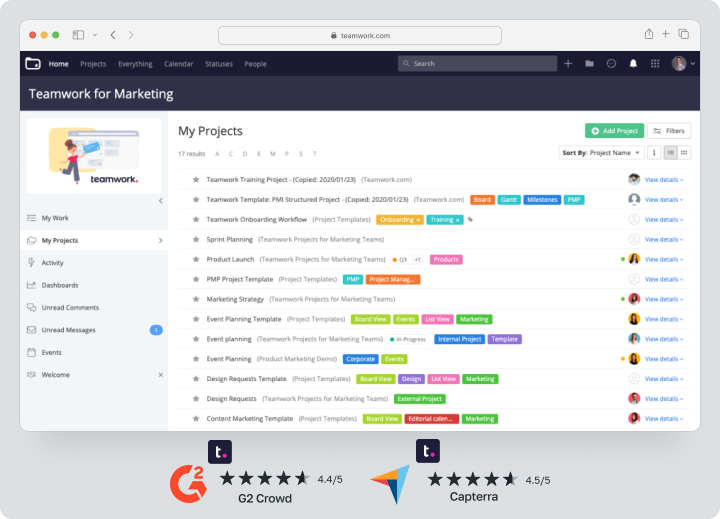
Comparison Table of Top Workzone Alternatives
| Platform | UI/UX Score | Kanban | Gantt | Automation | Reports | Time Tracker | Entry Price* | Distinctive Traits |
| Worksection | 9⁄10 |  |  |  |  |  | 25 $/10 seats | Full features on any plan, granular permissions |
| ClickUp | 8⁄10 |  |  |  |  |  | 7 $/user | Docs module, vast template library |
| Asana | 8⁄10 |  |  * * |  |  |  | 10.99 $/user | Intuitive UI, rich integrations |
| Trello | 7⁄10 |  |  |  |  |  | 0 $ | Lightning-fast start, extensible via Power-Ups |
| Wrike | 8⁄10 |  |  |  |  |  | 9.80 $/user | Intake forms, portfolio view, advanced analytics |
| Basecamp | 7⁄10 |  |  |  |  |  | 15 $/user | Minimalist toolset, rapid onboarding |
| Monday.com | 8⁄10 |  |  |  |  |  | 19 $/user | Highly visual boards, marketing templates |
| Smartsheet | 7⁄10 |  |  |  |  |  | 9 $/user | Spreadsheet logic, data-capture forms |
| Notion | 8⁄10 |  |  |  ** ** |  |  | 10 $/user | Docs + database + tasks in one |
| Teamwork | 8⁄10 |  |  |  |  |  | 5.99 $/user | Client portal, profitability reports |
*Minimum commercial price as of April 2025.
**Automation via templates and third-party integrations.
Which Platform Should You Choose in 2025?
If you’re an agency that needs roles, finance tracking, and a time tracker, pick Worksection or Teamwork. The former provides the full feature set on any plan; the latter offers deeper financial reporting. Teams craving maximum flexibility and ready to fine-tune settings will like ClickUp. Small businesses wanting a lightweight Kanban should start with Trello or Basecamp. Corporations with strict reporting demands may favor Wrike or Smartsheet. There’s no universal recipe — match the tool to your culture, budget, and requirements, and the platform will become a partner, not another headache.
Frequently Asked Questions (FAQ)
Which Workzone alternative fits agencies best?
The top choices are Worksection and Teamwork. Both include built-in time tracking, client reporting, and fine-grained permissions. Worksection’s edge is full functionality on every plan, while Teamwork offers deeper financial analytics.
Are there free Workzone substitutes?
Yes. Trello plus the free tiers of ClickUp and Worksection let you manage projects at no or minimal cost. These options cap users or features, yet they’re enough for early-stage work.
How does Worksection differ from Workzone?
Worksection is easier to learn, sports a modern UI, and provides Kanban boards and Gantt charts out of the box. Each plan already includes a time tracker, reports, and granular permissions — so you never pay extra for essentials. Implementation takes mere hours, whereas Workzone can require weeks.